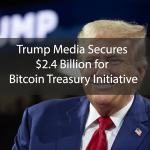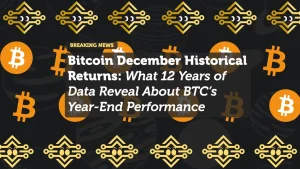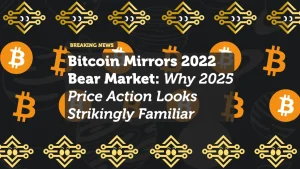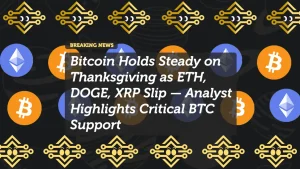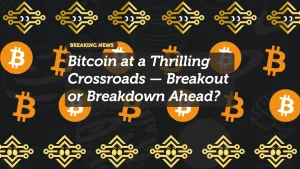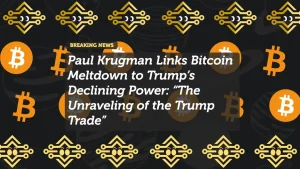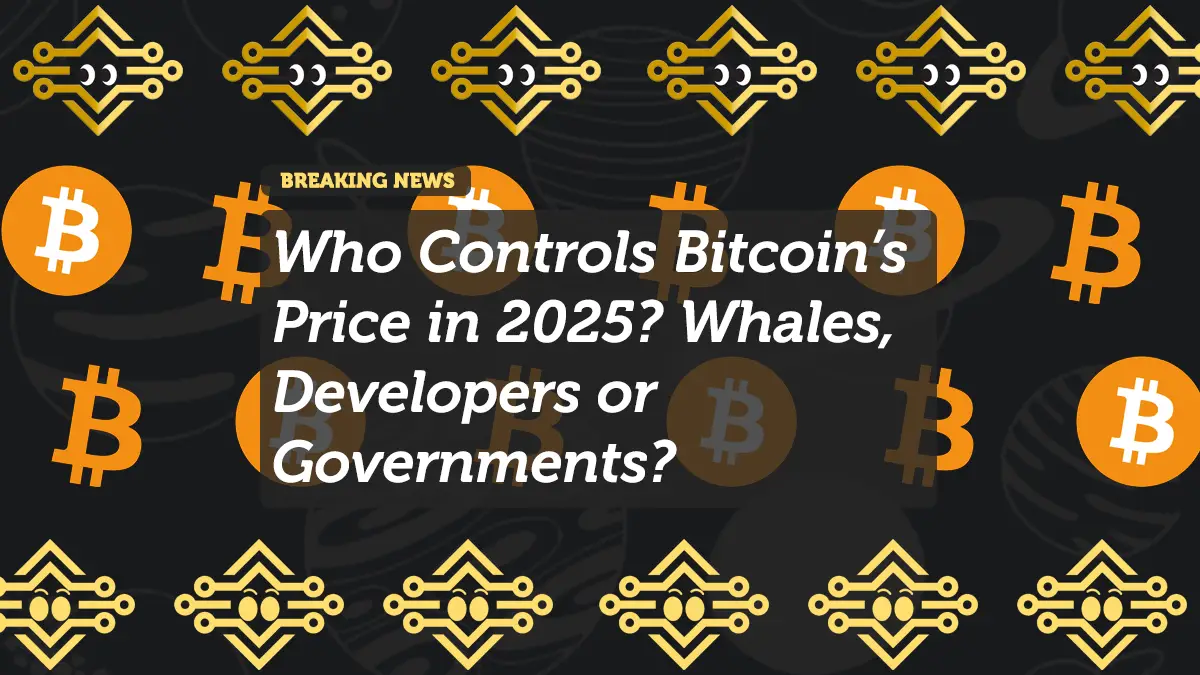
Who Controls Bitcoin’s Price in 2025? Whales, Developers or Governments?
Who really pulls the strings behind Bitcoin’s price movements in 2025? Is it the whales with their vast reserves, the developers pushing protocol upgrades, or governments wielding regulatory power? Or is the answer more complex than we think? Let’s break it down and see who influences Bitcoin’s trajectory the most.
Whales: The Market Movers
If there’s a group with undeniable sway over Bitcoin’s price, it’s the whales—those holding massive amounts of BTC, often in the thousands. In 2025, the number of wallets holding over 1,000 BTC has risen to 1,455, a sign of renewed accumulation.
Big players like Strategy and BlackRock hold significant portions of the supply. Together, they control around 6% of all Bitcoin, a staggering figure considering the fixed issuance and limited liquidity.
Whale influence is a double-edged sword:
- They buy at scale, often at market lows, pushing prices up.
- They sell into strength, sometimes triggering corrections.
Interestingly, data shows a split between old and new whales. Long-time holders, often referred to as OG whales, are consolidating for the long haul. Newer entrants, such as hedge funds and high-net-worth investors, are more prone to short-term profit-taking.
So yes, whales move the market—but their strategies differ, and they’re not all selling at once.
Developers: The Quiet Architects
Developers don’t trade Bitcoin, but they shape its future by upgrading the protocol. Every major change in Bitcoin’s codebase has left a mark on price:
- SegWit (2017) made blocks more efficient, helping fees drop and scalability improve. Bitcoin rallied from $4,000 to nearly $20,000 after its introduction.
- Taproot (2021) unlocked smarter contracts and better privacy, adding long-term value even as prices surged past $64,000.
- Ordinals and BRC-20 (2023-2024) sparked a wave of NFT-like assets on Bitcoin, pushing new demand and higher fees.
Now in 2025, discussions around covenants and new opcodes (like OP_CTV and OP_CAT) are shaping expectations for what Bitcoin could become. Developer activity has surged, with over 3,200 commits logged across Bitcoin’s repositories this year—a sign that innovation is alive and well.
Bottom line: Developers don’t set prices directly, but they build the tools and narratives that fuel adoption, speculation, and long-term value.
Governments: The Regulatory Pulse
No government can control Bitcoin outright. But their actions ripple through markets:
- The approval of spot Bitcoin ETFs in the US in 2024 was a game-changer, opening the floodgates for institutional capital and pushing Bitcoin above $70,000.
- Meanwhile, stricter rules in the EU, like proposals to monitor self-custodial wallets, spooked investors and briefly dragged prices down.
- Macroeconomic policies, like rate cuts or quantitative easing, also impact Bitcoin by shaping the broader risk environment. When the Fed paused rate hikes in late 2023, Bitcoin quickly rebounded.
Even bans, like those in China, have limited effectiveness. OTC trading remains active, proving that Bitcoin’s borderless nature makes it hard to suppress entirely.
The Real Story: A Decentralized Tug-of-War
So who really controls Bitcoin’s price?
It’s not one group. It’s an ever-shifting balance between:
- Whales moving large volumes, often ahead of the crowd.
- Developers shaping the protocol’s potential and utility.
- Governments influencing risk appetite and regulatory clarity.
- Macroeconomics setting the broader environment for risk-on assets.
- And sentiment—the collective belief of millions of participants worldwide.
Add in social narratives, market cycles, and unpredictable events, and you have a recipe for a dynamic, decentralized system where no one entity has total control.
Final Takeaway
Bitcoin’s price is less about a single puppet master and more about an ever-changing dance of actors, incentives, and ideas. Whales may lead the rhythm, developers lay the foundation, governments set the tempo—but the melody is written by everyone who participates in the network.









